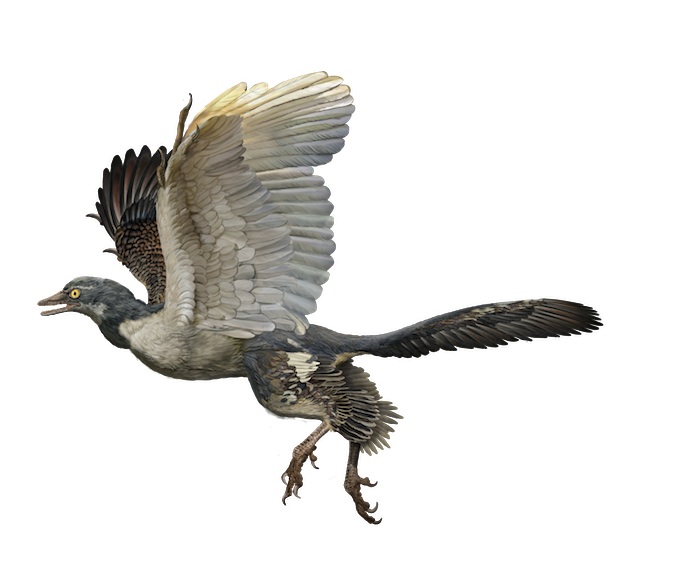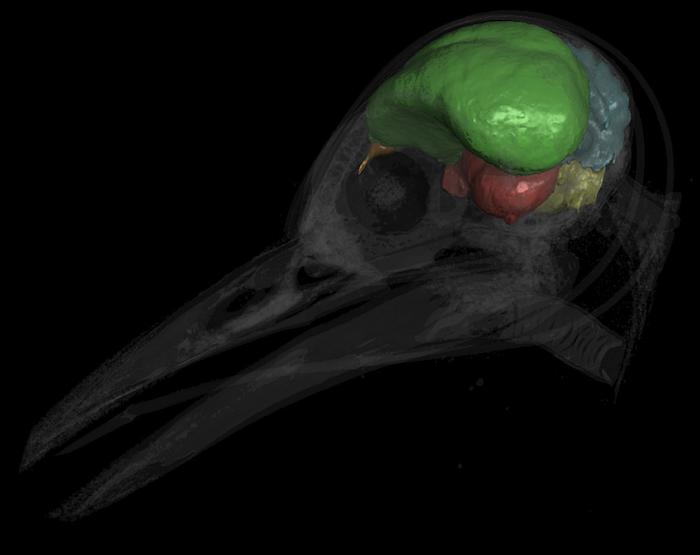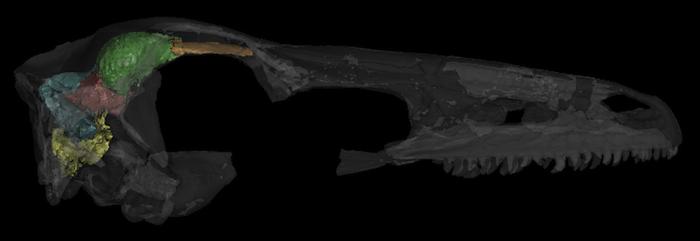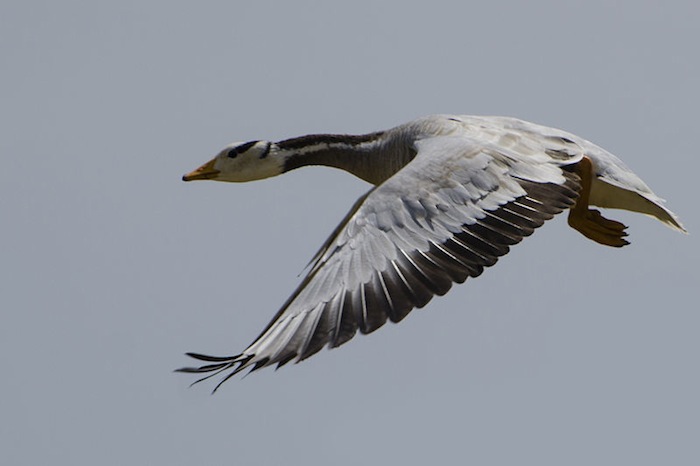Events will become visible after a myFOSSIL administrator checks for accuracy and lack of duplication.
+ Add an Event

- This event has passed.
Dinosaur Brains and Lungs at AMNH!
November 20, 2018 @ 8:00 am - 5:00 pm
Dinosaur Brains and Lungs
Part of the Dinosaurs Among Us exhibition.
Fossilized dinosaur bones, eggs, and feathers offer clear signs that these extinct animals and living birds are tightly linked. But this kinship, on display in Dinosaurs Among Us, goes much deeper. High-tech views inside fossils and close study of birds and their closest living relatives, crocodiles, reveal the inside story: some features of the insides of dinosaurs were a lot like the insides of living birds and crocodiles.
The size and shape of an animal’s brain tells us a lot about how that animal experiences and gets around in the world. Birds have very large brains for their body size—6 to 11 times bigger than those of equivalent-sized reptiles. Much of the increase in size is in the cerebrum, the part of the brain responsible for learning.
In birds, the cerebrum and optic lobe, which governs sight, tend to be large and advanced, while the olfactory region, which is connected to the sense of smell, is less well developed. Using techniques like CT scans, modern paleontologists can compare the braincases of modern birds to their relatives, including theropod dinosaurs.
Research on display in Dinosaurs Among Us shows that one group of theropods displays the trend toward inflation of the “thinking” brain we see in living birds, suggesting that some non-bird theropod dinosaurs were probably capable of advanced learned behavior.
The brain isn’t the only place where an unbroken line the link between birds and dinosaurs is on display evident. The large hearts, high body temperature, and powered flight of birds are all driven by a set of lungs which are much more efficient than ours. But birds aren’t the only ones to have such “super lungs.”
Their ancestors, the extinct dinosaurs, had them too, as do their living relatives, crocodiles and alligators. This likely means that the last common ancestor of birds and crocodiles, which lived 230 million years ago, also had birdlike lungs, suggesting that this feature may have evolved at least 100 million years before the oldest known bird.
Even the position of some fossil dinosaurs thought to be sleeping in a birdlike position—sitting on folded hind limbs, forearms held close to the body and head tucked under one arm—makes us wonder. Birds sleep this way to preserve warmth. Were these birdlike dinosaurs warm-blooded, too? The evidence seems to point that way.
Lead image:
Visitors learn about the Dodo an extinct bird whose name has entered popular culture as a symbol of stupidity, was actually fairly smart. ©AMNH/R. Mickens



